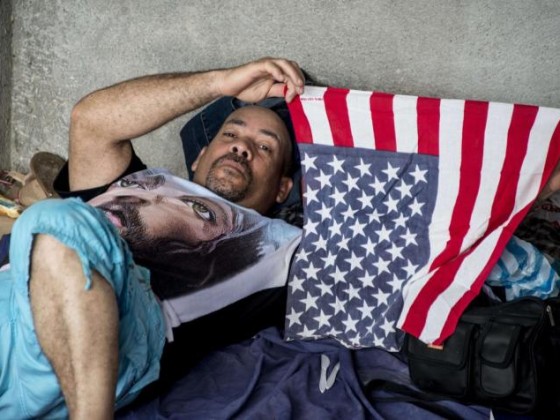You might have thought that the thaw between Washington and Havana would cut down the number of Cubans attempting an arduous escape to the United States.
If so, you’d be wrong. There has actually been a 78 percent surge in Cubans arriving in the “land of the free” during the first three quarters of 2015, compared to the same period of 2014. The total for the first nine months of this year is 27,296.
